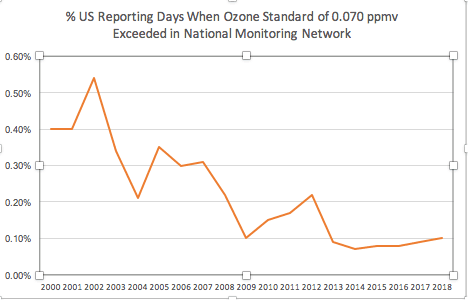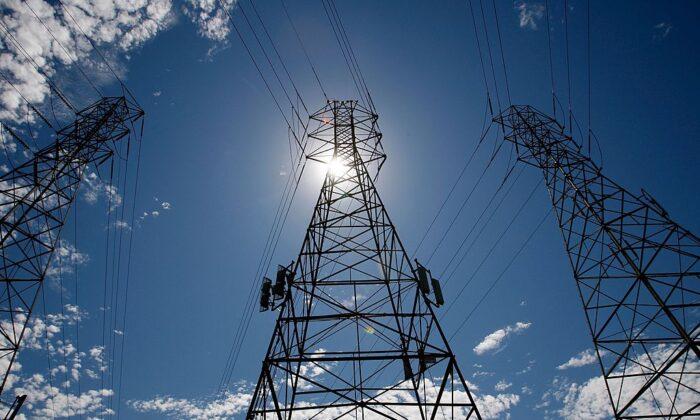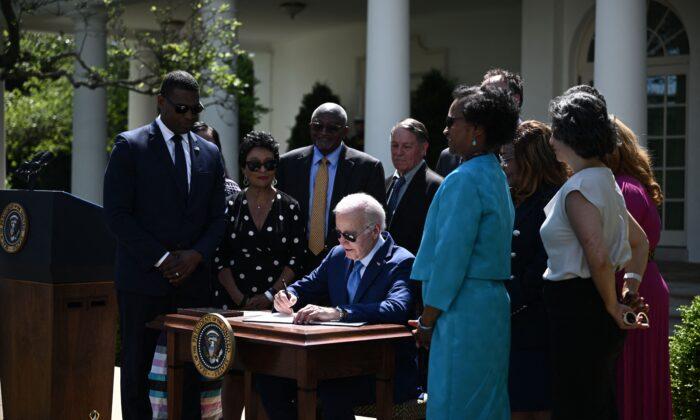This sort of headline and the story that went with it duly plays into the narrative that air quality in the United States continues to deteriorate and appears to give lie to President Donald Trump’s claim that air in the United States is as clean as it’s ever been in the industrialized era.
Unfortunately, when an air-quality professional such as yours truly reviews staff writer Cecelia Smith-Schoenwalder’s work, it quickly becomes apparent that the underlying story is an unfortunate mixture of misapplied facts and misinformed conjecture.
Wang and colleagues concluded that “long-term exposure to ambient air pollutants, especially (ozone), was significantly associated with increasing emphysema quantitatively using CT imaging and worsening lung function.” Fair enough, as far as conclusions go, but there’s a lot that can be inferred from that conclusion that shouldn’t be. Unfortunately, Smith-Schoenwalder and the experts she chose to quote don’t hesitate to crawl out onto long and fragile branches of credibility.
“Now, even nonsmokers are at risk because of air pollution, according to researchers,” Smith-Schoenwalder wrote. Jumping from a study examining the rate of progress of emphysema in middle-aged and elderly suffers of emphysema and extrapolating that to the risk of any lung disease among any nonsmoker anywhere is a massive leap that can’t be scientifically defended.
She moved on to quote one of the study authors, University of Washington professor Joel Kaufman, who proclaimed that: “Rates of chronic lung disease in this country are going up and increasingly, it is recognized that this disease occurs in nonsmokers. We really need to understand what’s causing chronic lung disease, and it appears that air pollution exposures that are common and hard to avoid might be a major contributor.”

The article makes the claim that ozone formation “is increasing in part due to climate change.” Clearly, that’s not the case. While air temperature is one part of the ozone creation formula, it’s clear that ozone formation is decreasing over time and, given all of the regulations in place and in the pipeline, will continue to do so. The slight recent warming trend simply isn’t strong enough to overcome massive reductions in VOC and nitrogen oxide emissions.
Finally, and most disappointingly to me as an air-quality professional, the article quotes the American Lung Association’s (ALA) claim that four out of 10 Americans live with “poor air quality.” Left unsaid is that this claim isn’t based on comparison to nationally recognized EPA NAAQS standards, but in comparison to the ALA’s own standards. The ALA’s definition of clean air involves, in other words, standards much more stringent than the standards set forth by the agency in charge of environmental protection across the nation and that haven’t been relaxed since Trump took office.
Certainly, the ALA has every right to claim that more stringent standards should be used, but they also have an ethical obligation—at least in my view—to make clear upfront that they use much different standards before declaring an air pollution apocalypse.
Further, when considering such claims, the public should take into account that the ALA has a financial interest in pushing the “our air is unfit to breathe” narrative. Can anyone doubt that admitting to the remarkable progress we’ve made and continue to make in reducing air pollution would hurt their particular call-to-action and, therefore, their fundraising efforts? Or, would it be embarrassing to this massive environmental NGO to say that the current NAAQS for air pollutants, many of which were established or maintained under the Obama administration, are insufficiently protective of human health and the environment and that their alternative standards should be used instead?
Greenpeace wants to tie those wildfires to global warming, while folks like me blame them much more on incompetent forest management by the federal government. That, though, is an argument for another day. For now, let’s lay to rest the spurious claims that air pollution in the United States is on the rise or significant. The world has much larger air pollution problems than ours. Let’s get our priorities in order.






Friends Read Free